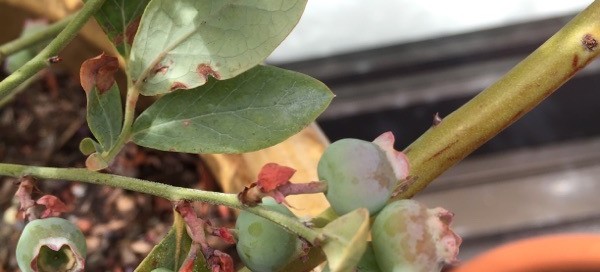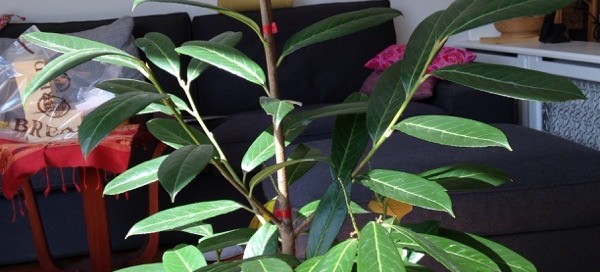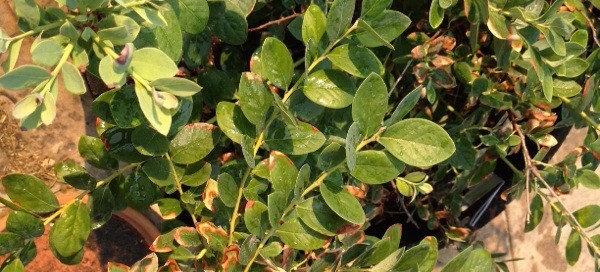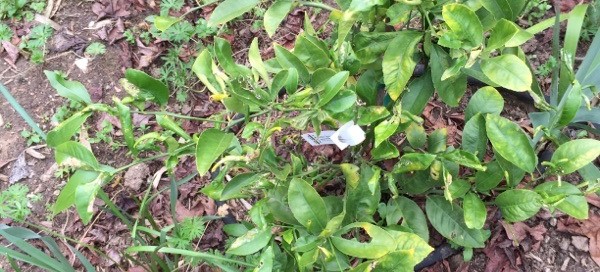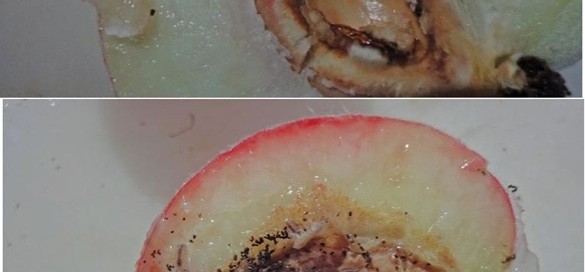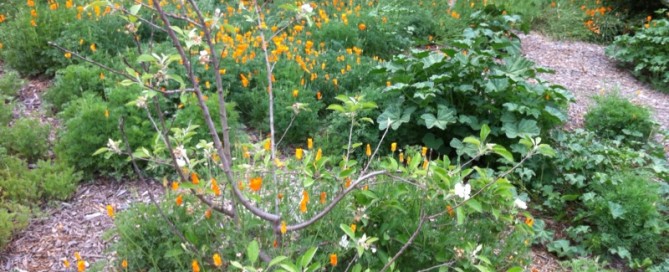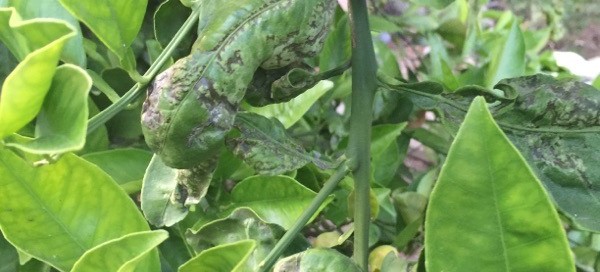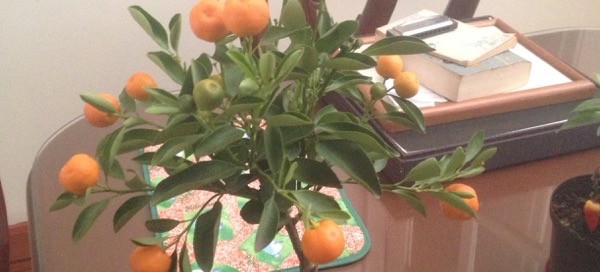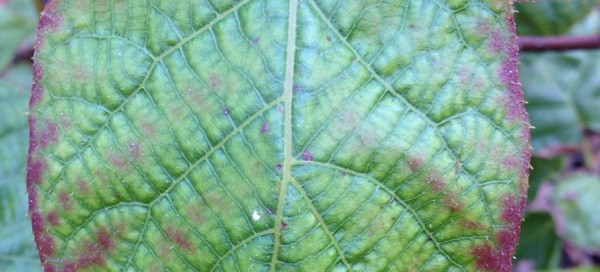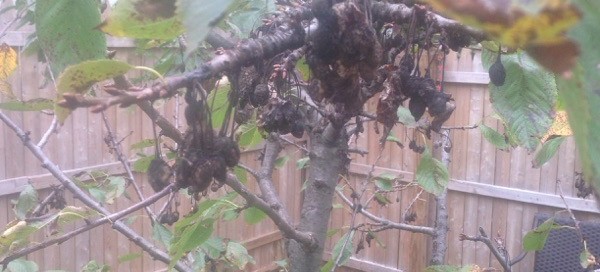Transplant Shock
This is likely the stress of the transplant and damaged roots. Make sure the soil is not too soggy which could reduce root function and lead to fungus problems, but give them regular water. Also, it is important to plant at the same level as its original site. Hopefully they will recover in time but make sure you selected a cultivar that does well in mild weather/low chill conditions such as a southern highbush blueberry variety . Consider fertilization with a slow release or organic food formulated for blueberries. Next time you divide and/or transplant use a root stimulator product containing indolebutyric acid to help mitigate transplant shock (stay away from vitamin products touting helping transplant shock as these are ineffective).
